| Model | Apple MacBook Pro A2485 (2021) |
|---|---|
| Processor | Apple M1 Max chip ( 10 Core CPU with 8 performance cores and 2 efficiency cores, 32 Core GPU, 16-core Neural Engine ) |
| Ram Installed | 32 GB DDR4 |
| Storage | 1TB Intel® PCIe® NVMe™ M.2 SSD |
| Display | 16.2" Liquid Retina XDR (1000nits up to 1600nits peak ) 3456 x 2234 native resolution at 254 pixels per inch, XDR (Extreme Dynamic Range) |
| Keyboard Backlit | Yes |
| Numeric Keyboard | No |
| Fingerprint Reader | No |
| Color | Silver |
| Weight | 2.1kg |
| Operating System | macOS Ventura |
| Status | Non-Active |
| Warranty | 01 Year international |
APPLE MACBOOK PRO A2485 (2021) | APPLE M1 MAX CHIP | 10 Core CPU | 32 Core GPU | 32GB RAM | 1TB SSD | 16.2″ Liquid Retina XDR (3456 x 2234) 1000nits Display | Silver | macOS Ventura | Non-Active
Brand :
Apple MacBook Pro A2485 (2021)
- Processor : Apple M1 Max Chip
- Ram: 32GB
- Storage: 1TB SSD
- Display: 16.2″ (3456 x 2234) XDR Retina
- OS: MacOS Ventura
- Status: Non-Active
Out of stock
APPLE MACBOOK PRO A2485 (2021)
APPLE MACBOOK PRO A2485 (2021) Price in Pakistan
Design
The chassis design of the two new models MacBook Pro 16 and MacBook Pro 14 is identical and both feel quite bulky, because the case is not tapered the chassis height is pretty much identical everywhere. However, the subjective difference between the new MBP 16 and the old MBP 16 is not as noticeable compared to the difference between the new MacBook Pro 14 and the old 13-inch model. The new model is still noticeably thicker than the old MBP 16 though. The chassis quality itself is once again flawless (just like the smaller MBP 14). Apple’s aluminum unibody design once again leaves a very high-quality impression and neither of the two colors (silver and space gray) is very susceptible to dirt or fingerprints. The base unit is extremely sturdy and there are no creaking noises. The lid is also very sturdy in general, but similar to the smaller MBP 14, we can once again provoke some ripples on the screen with concentrated pressure, even though this should not be an issue in practice.
Processor
We already mentioned that almost all M1 Pro and M1 Max SoCs have the same CPU part with 10 cores, only the entry-level model is equipped with a slower 8-core model. The 10 cores are distributed across three clusters: One efficiency cluster with 2 frugal cores (up to 2064 MHz) and two performance clusters with 4 fast cores each (up to 3228 MHz). We checked the performance values like the power consumption and clocks with the power metrics function and the performance is completely stable, both on the battery as well as mains. The results in the Cinebench R15 Multi loop are on par with the other M1 chips with 10 CPU cores and 28 % ahead of the base model with the 8-core M1 Pro. Cinebench R15, however, does not run natively on the M1 SoC and has to be emulated via Rosetta 2, which results in a higher power consumption of 33W for the CPU cores (40W package power) as well as a slightly reduced performance.
Retina Display
Apple manages a pixel density of 255 ppi, both for the 14 as well as the 16-inch MacBook Pro models. Since the display is obviously larger, the resolution is higher as well. Instead of IPS screens, Apple now uses Mini-LED panels. It manages extremely low black values and very high contrast ratios similar to OLED panels. Due to the technology, however, there are visible halo effects when bright contents are displayed on dark backgrounds. This is just a small criticism though, because the subjective picture impression is excellent. All contents are very sharp and crisp, because macOS does not have any scaling problems despite the high resolution and black is really black, which results in extremely high-contrast images. HDR contents in particular look amazing and the viewing-angle stability is great.
Keyboard
Apple keeps its familiar keyboard with the standard scissor keys and the typing experience of the new keyboard hardly differs from the old MBP 16. The keystroke is just slightly more muffled. The keyboard, which is also used in other MacBook models, still convinces with very precise and even feedback, but we would have liked to see more key travel considering the thicker base unit. It is also a matter of taste and you can type very quickly and comfortably, but there are devices with better and more comfortable keyboards in this price segment.
Only logged in customers who have purchased this product may leave a review.

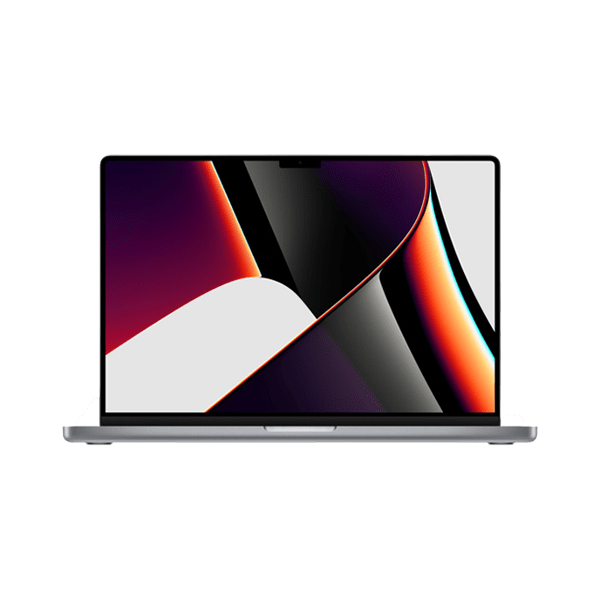
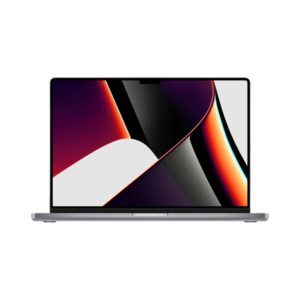
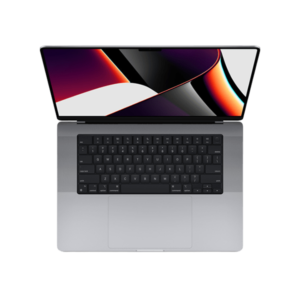
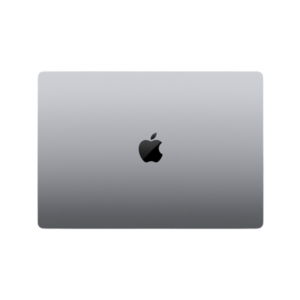
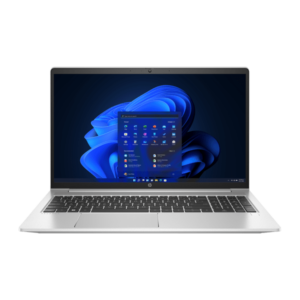
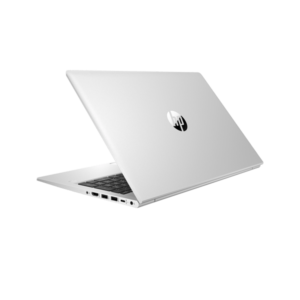
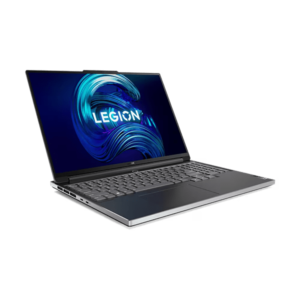
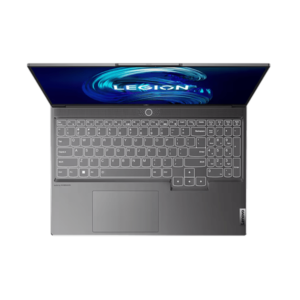
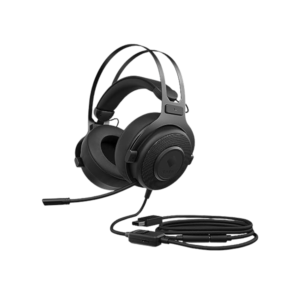
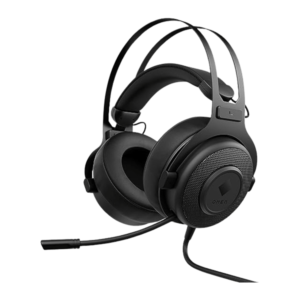
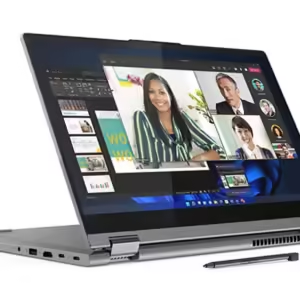
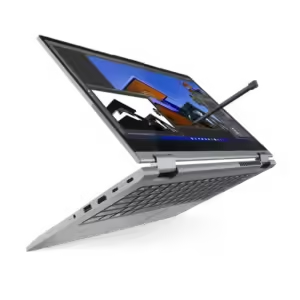
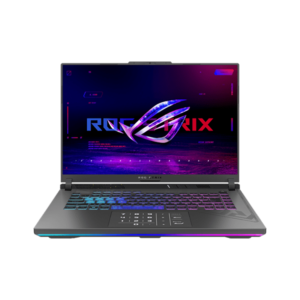
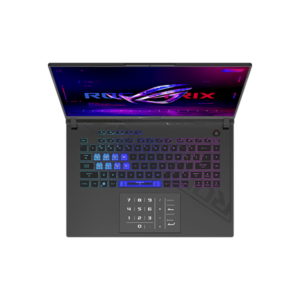
Reviews
There are no reviews yet.